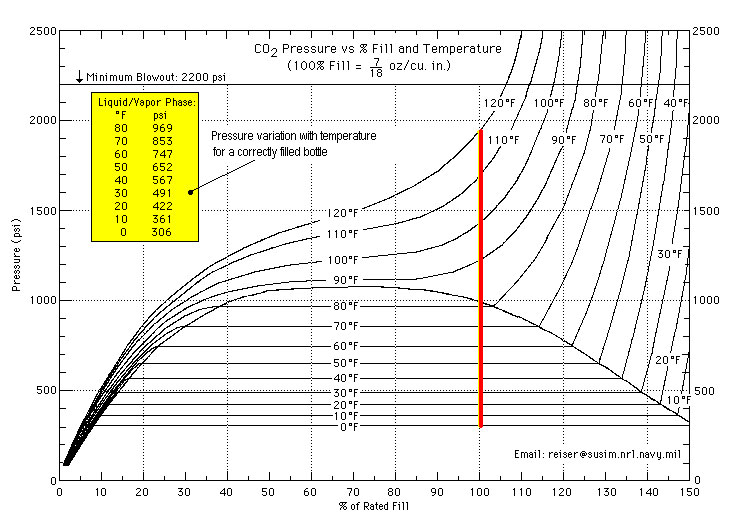- Joined
- Dec 13, 2012
- Messages
- 80
- Reaction score
- 51
How much does the 75/25 beer gas in a full 60 cu ft nitrogen cylinder weigh?
For the life of me, I can't find the tare weight stamp on either of my steel nitrogen cylinders.
I'm forced to exchange (rather than refill) my cylinders so I never have the opportunity to weigh them empty.
I've seen an estimate of 14-15 lb. That seems reasonable. A 60 cu ft nitrogen cylinder is about the same size as a 15 lb CO2 cylinder. However, CO2 is more dense than nitrogen.
Does anyone know the related math / science?
For the life of me, I can't find the tare weight stamp on either of my steel nitrogen cylinders.
I'm forced to exchange (rather than refill) my cylinders so I never have the opportunity to weigh them empty.
I've seen an estimate of 14-15 lb. That seems reasonable. A 60 cu ft nitrogen cylinder is about the same size as a 15 lb CO2 cylinder. However, CO2 is more dense than nitrogen.
Does anyone know the related math / science?

















![Craft A Brew - Safale BE-256 Yeast - Fermentis - Belgian Ale Dry Yeast - For Belgian & Strong Ales - Ingredients for Home Brewing - Beer Making Supplies - [3 Pack]](https://m.media-amazon.com/images/I/51bcKEwQmWL._SL500_.jpg)






















